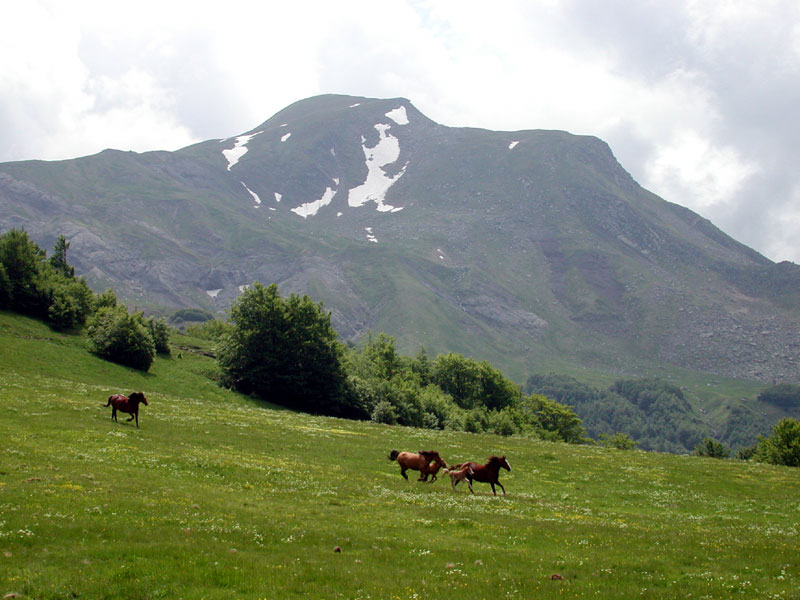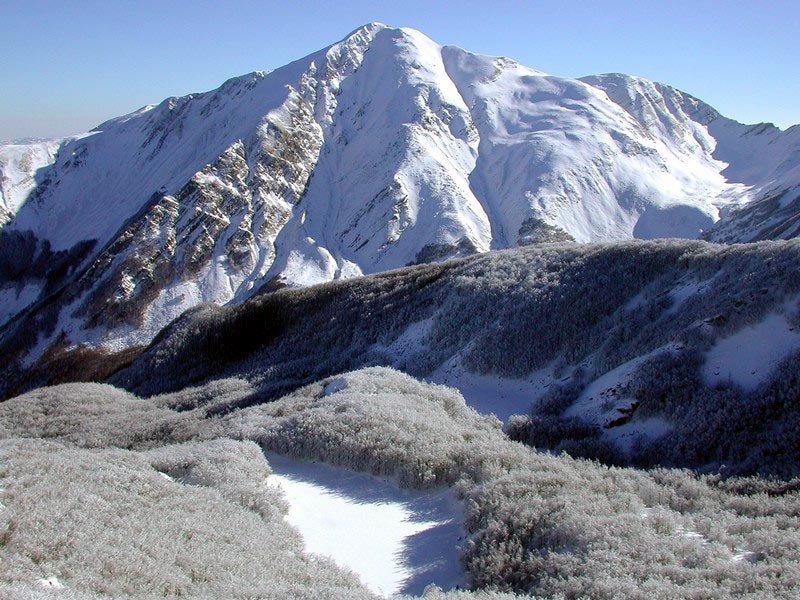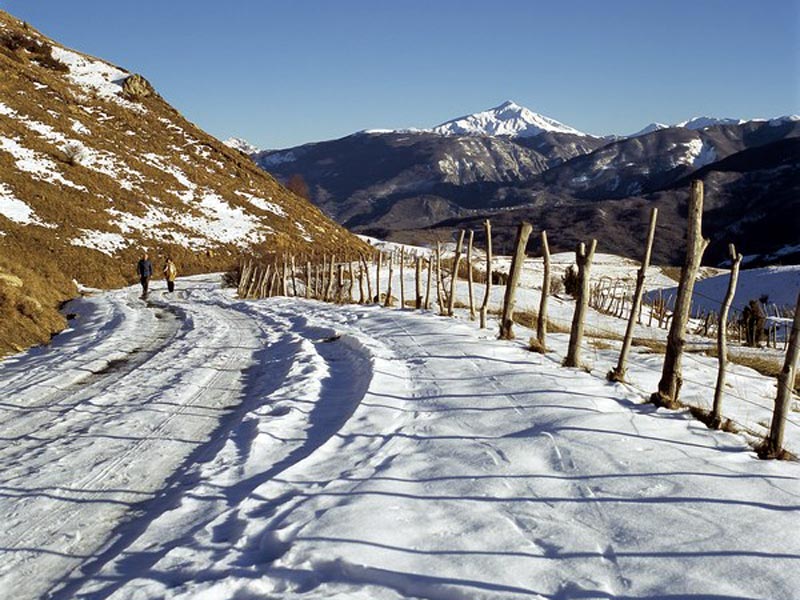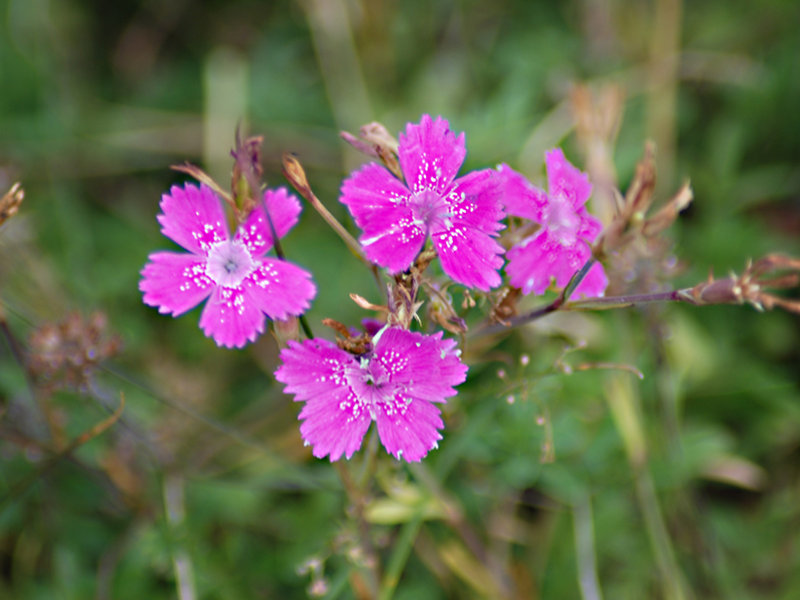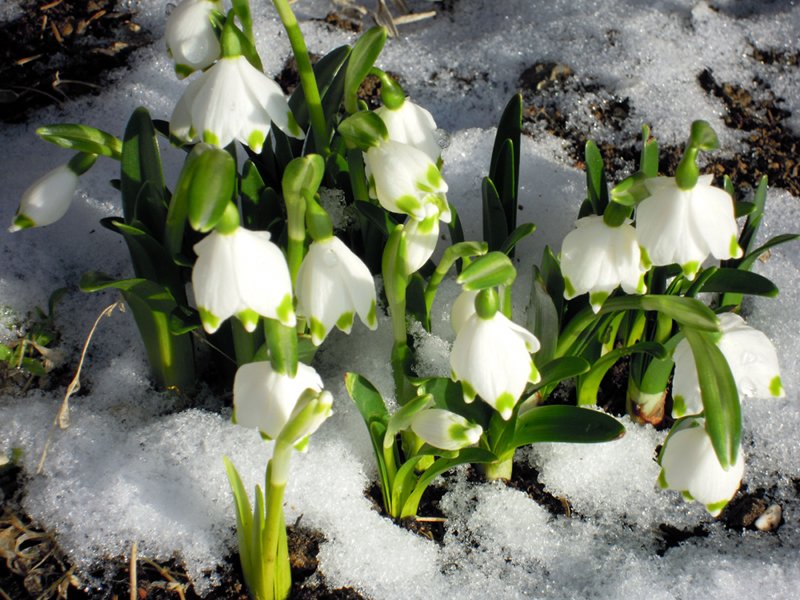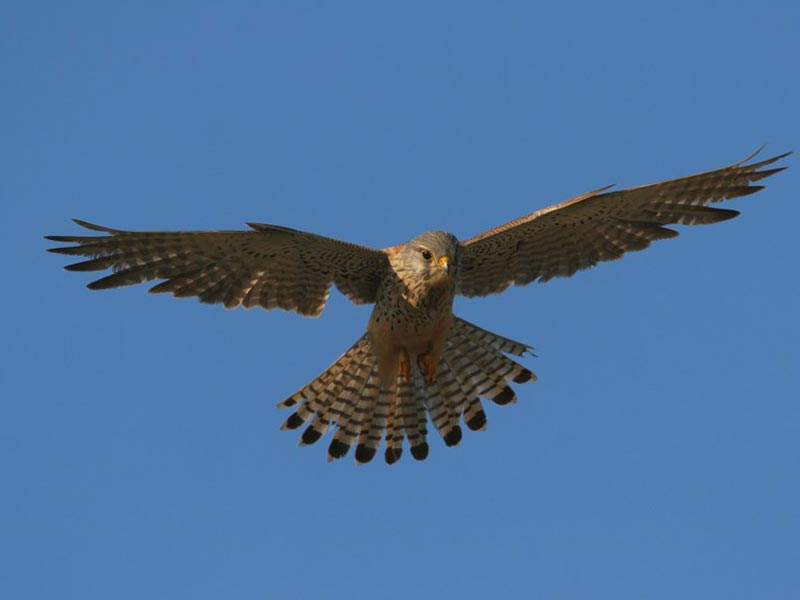Parco Nazionale Appennino Tosco-Emiliano
www.parcoappennino.itProtected Area
Identity Card
- Appennino Tosco-Emiliano National Park:
- Land Surface Area: 26'149.00 ha
- Lower altitude (m): 426
- Higher altitude (m): 2'123
- Protected flora: 4 species (Italian text)
- Protected wildlife: 20 species (Italian text)
- Habitats: 16 types (Italian text)
- Regions: Emilia-Romagna, Toscana
- Provinces: Reggio Emilia, Parma, Massa-Carrara, Lucca
- Municipalities: Bagnone, Castelnovo ne' Monti, Comano, Corniglio, Filattiera, Fivizzano, Licciana Nardi, Monchio delle Corti, San Romano in Garfagnana, Sillano Giuncugnano, Ventasso, Villa Collemandina, Villa Minozzo
- Establishment Measures: L 344 08/10/1997 - DPR 21/05/01
- PA Official List: EUAP1158
- Park Authority: Ente Parco Nazionale Appennino Tosco-Emiliano
- Further managed Protected Areas:
- Sito d'Interesse Comunitario Monte Acuto - Groppi di Camporaghena
- ZSC Gessi Triassici
- ZSC Pietra di Bismantova
- Zona Speciale di Conservazione Monte La Nuda - Monte Tondo
- Zona Speciale di Conservazione Monte Matto - Monte Malpasso
- Zona Speciale di Conservazione Monte Orsaro
- ZSC e ZPS Abetina Reale, Alta Val Dolo
- ZSC e ZPS Monte Acuto, Alpe di Succiso
- ZSC e ZPS Monte la Nuda, Cima Belfiore, Passo del Cerreto
- ZSC e ZPS Monte Ventasso
- ZSC e ZPS Val d'Ozola, Monte Cusna
- Zona Speciale di Conservazione e Zona di Protezione Speciale Monte Prado
Appennino Tosco Emiliano National Park
Appennino Tosco Emiliano National Park is the youngest among the Italian national parks: as a matter of fact, it has been established with a decree by the President of the Republic on 21st May 2001 and includes two regional parks and four state nature reserves.
At the moment, the Park Authority is entrusted to the direction of the President Fausto Giovanelli. The activities and services are managed by the local communities.
Nature and History on the Two Park Slopes
Between Cisa and Forbici Passes, the forest ridges separating Tuscany
from Emilia give way to a real mountain environment. The summits of
Alpe di Succiso, Mt. Prado, and Mt. Cusna go beyond the 2,000 meters,
the forests give way to rocks, lakes, and high-mountain grasslands. At
lower altitudes, on the slope of Emilia, the surly Pietra di Bismantova
dominates the landscape with its vertical walls.
The variety of
exposures and altitudes leads to the presence of a particularly varied
flora. At lower altitudes, the forests are formed by chestnut trees and
oaks, at higher altitudes by beech trees and silver firs; beyond the
higher range of these species there are the bilberry moorlands
characterizing the northern Apennines. The list of herbaceous plants
and flowers includes dozens of rare and endemic species.
Waters,
grazing lands, and woodlands have drawn man to these mountains since
the dawn of time. The importance of the roads climbing over
Lagastrello, Cerreto, Pradarena, and Radici Passes is witnessed by the
presence of imposing medieval fortresses. In the forests there are
small churches, ancient paved streets, and stone and straw buildings
like the so-called "tegge" characterizing the Reggiano valleys.
Here the silver fir, which is very rare in the Apennines, spontaneously
grows in Ozola valley, on Mt. La Nuda and Mt. Ventasso. In the
high-mountain grasslands, a typical alpine species like the marmot has
been introduced and has perfectly adapted to the environment. Its
presence has favored the increase in number of the Golden Eagle, for
which the marmot is one of the favorite preys. In the grazing lands at
the foot of Pania di Corfino, the National Forest Service has created
the Botanic Gardens of Orecchiella, one of the most interesting
destinations of the Apennines if you are fond of rare plants.
The Landscape
The territories of Appennino Tosco-Emiliano National Park develop from the main ridge of the Apennines to its surrounding hills and are characterized by a great variety of exposure and altitudes generating different environments: from the coldest and barest ones to forests and hills in which man integrated more or less significantly over the centuries.
(the following links all lead to Italian texts)
Flora
The territory of the National Park consists of a complex series of different environments with an extraordinary variety of vegetation and plant species. Bilberry moorlands, summit grasslands, beech tree and oak tree woodlands, conifer reforestation areas, chestnut groves and precious peat bogs characterize the landscape and the Park territory.
(the following links lead to Italian texts)
Wildlife
The territory of the National Park includes a great variety of environments enabling several animal species to find the ideal conditions to live and reproduce.
(the following links lead to Italian texts)






